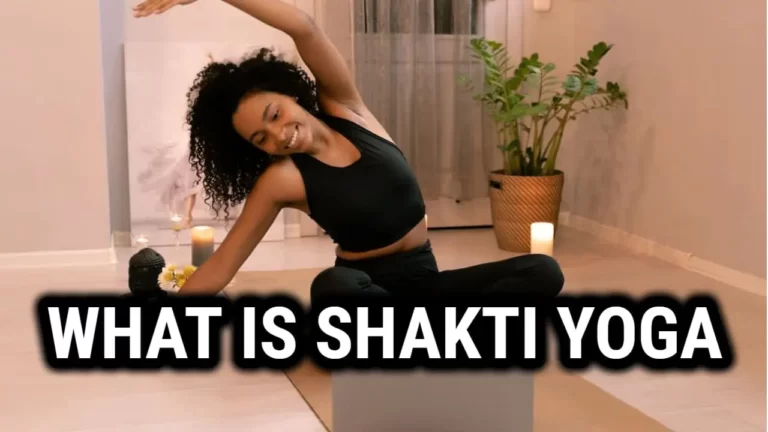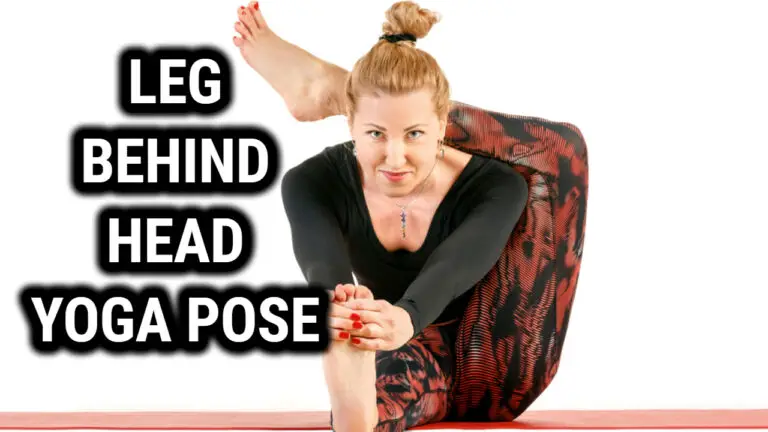Twisting Yoga Poses: Benefits, Techniques, and Precautions

Twisting yoga poses are an essential component of any yoga practice. These poses target the spine and the muscles surrounding it, providing a range of benefits such as improved digestion, increased flexibility, and reduced lower back pain. Twisting poses can be practiced by yogis of all levels, from beginners to advanced practitioners.
Yoga is the perfect way to relax, unwind and get a good workout in. But why not take your yoga practice to the next level with some twisting poses? Twisting poses are great for working on your core strength and flexibility, as well as helping to detoxify your body and improve digestion. In this article we’ll explore some of the best twisting yoga poses, so you can give them a try and see how they work for you.
Twisting poses work by compressing one side of your body while stretching the other. This helps to stimulate your internal organs, aiding digestion and detoxification. Twisting also helps to strengthen your abdominal muscles, giving you better posture and balance. And finally, it can help improve flexibility in both your back and hips – something we all need!
So if you’re looking for a way to take your yoga practice up a notch, consider adding some twisting poses into your routine. Read on to discover which ones are best suited for you – from beginner friendly twists to more advanced postures.
Benefits of Twisting Yoga Poses
Twisting yoga poses are known for their numerous benefits for the body and mind. These poses involve twisting the spine and torso, which can help to stretch and strengthen the muscles and organs in the body. Here are some of the benefits of twisting yoga poses:
- Strengthens and lengthens the muscles that protect your spine
- Alleviates back pain and tension
- Improves posture and spinal alignment
- Calms the nervous system and clears the mind
- Increases circulation
- Boosts mood
- Releases tension in the chest and opens up the lungs
- Aids in digestion
Twisting yoga poses can also help to improve flexibility and range of motion in the spine and hips. They can be especially beneficial for people who sit at a desk for long periods of time or who have tight hips and lower back pain.
Additionally, twisting yoga poses have been shown to increase vagal tone, which can help to alleviate symptoms of IBS, epilepsy, depression, and other conditions. This is due to the calming effect that yoga has on the nervous system, not on specific actions in twists.
It is important to practice twisting yoga poses safely and with proper alignment. Beginners should start with gentle twists and work their way up to more advanced poses. Those with spinal injuries or conditions should consult with a doctor or yoga instructor before attempting twisting poses.
Beginner Twisting Poses
For those new to yoga, twisting poses can be a great way to start building strength and flexibility in the spine. Here are a few beginner twisting poses to try:
- Bharadvaja’s Twist: Sit on the floor with your legs straight out in front of you. Bend your knees and shift your weight to your right hip, then swing your legs to the left and sit on your left hip. Place your right hand on your left knee and your left hand behind you on the floor. Inhale and lengthen your spine, then exhale and twist your torso to the left, looking over your left shoulder. Hold for a few breaths, then repeat on the other side.
- Simple Seated Twist: Sit on the floor with your legs crossed, then place your left hand on your right knee and your right hand behind you on the floor. Inhale and lengthen your spine, then exhale and twist your torso to the right, looking over your right shoulder. Hold for a few breaths, then repeat on the other side.
- Supine Twist: Lie on your back with your arms out to the sides, then bend your knees and bring them up toward your chest. Keeping your shoulders on the floor, lower your knees to the left and look over your right shoulder. Hold for a few breaths, then repeat on the other side.
Remember to move slowly and mindfully, and to listen to your body. If any of these poses feel uncomfortable or painful, back off or skip them altogether. With practice and patience, you’ll soon be able to deepen your twists and explore more advanced poses.
Intermediate Twisting Poses
Intermediate twisting poses can help improve flexibility and strength in the spine while also stimulating the digestive system. These poses require some experience and practice, so it is important to listen to your body and not push yourself too far.
One intermediate twisting pose is the Revolved Triangle Pose or Parivrtta Trikonasana. This pose involves twisting the torso while keeping the legs and hips stable. It can help improve balance, stretch the hamstrings, and stimulate the abdominal organs.
Another intermediate twisting pose is the Revolved Half Moon Pose or Parivrtta Ardha Chandrasana. This pose involves balancing on one leg while twisting the torso and extending one arm towards the sky. It can help improve balance, strengthen the legs, and stretch the hamstrings and hips.
The Revolved Side Angle Pose or Parivrtta Parsvakonasana is also an intermediate twisting pose that involves twisting the torso while in a lunge position. This pose can help improve hip flexibility, strengthen the legs, and stimulate the abdominal organs.
It is important to remember to keep the spine long and the shoulders relaxed while practicing intermediate twisting poses. It is also recommended to warm up the body before attempting these poses and to practice them under the guidance of a qualified yoga instructor.
Also Read: Is Yoga Good For Hip Pain – Tips and Techniques for a Pain-Free Life
Advanced Twisting Pose
Advanced twisting poses are perfect for experienced yogis who want to take their practice to the next level. These poses require a great deal of strength, flexibility, and balance, and should only be attempted after mastering the basic twisting poses.
Advanced twisting pose called Eka Pada Koundinyasana or Pose Dedicated to the Sage Koundinya I. This pose requires arm balance and deep twisting of the spine. To perform this pose, start in a low lunge position with your left foot forward.
Place your right hand on the floor and twist your torso to the left, bringing your left elbow to the outside of your right knee. Shift your weight forward and lift your right foot off the ground, balancing on your left foot. Hold for 5-10 breaths and repeat on the other side.
Remember to always listen to your body and never push yourself beyond your limits. It’s important to warm up properly before attempting advanced twisting poses and to practice under the guidance of a qualified yoga teacher.
Precautions and Contraindications
While twisting yoga poses can be very beneficial for the body, it is important to take certain precautions and be aware of contraindications to avoid injury or exacerbating existing conditions.
Students with neck, spine, hip, shoulder, or knee injuries should avoid twisting poses or practice them under the guidance of an experienced teacher. People with high blood pressure, heart disease, or vertigo should also avoid these poses.
Pregnant women should avoid twisting poses, as they can put pressure on the abdomen and potentially harm the fetus. Students with sciatica or herniated disks should also avoid these poses, as twisting can exacerbate these conditions.
It is important to approach twisting poses with caution and avoid over-twisting or jerking movements, as this can lead to injury. Students should always listen to their bodies and modify or skip poses as necessary.
When practicing twisting poses, it is important to engage the core muscles to protect the spine and avoid putting too much pressure on the lower back. Students should also be mindful of their alignment and avoid collapsing into the pose or forcing themselves deeper than is comfortable.
Related Read: Stretching Yoga Poses: Improve Flexibility and Reduce Muscle Tension
Conclusion
Twisting yoga poses offer numerous benefits for the mind and body. They help to lengthen and decompress the spine, stimulate circulation, and improve digestion. Additionally, twisting poses can help to release tension in the muscles that support the spine, making them a great addition to any yoga practice.
It is important to approach twisting poses with caution, however. Practitioners should focus on maintaining proper alignment and engaging the core muscles to avoid putting undue pressure on the spine. It is also important to listen to the body and not push beyond its limits.
Beginners may want to start with simpler twisting poses, such as seated twists or supine spinal twists, before progressing to more advanced poses like revolved triangle or twisted chair pose. Those with pre-existing back or spinal issues should consult with a healthcare professional before attempting any twisting poses.
Overall, twisting yoga poses can be a valuable addition to any yoga practice, offering a range of physical and mental benefits. With proper alignment and attention to the body’s limits, practitioners can safely and effectively incorporate these poses into their routines.






